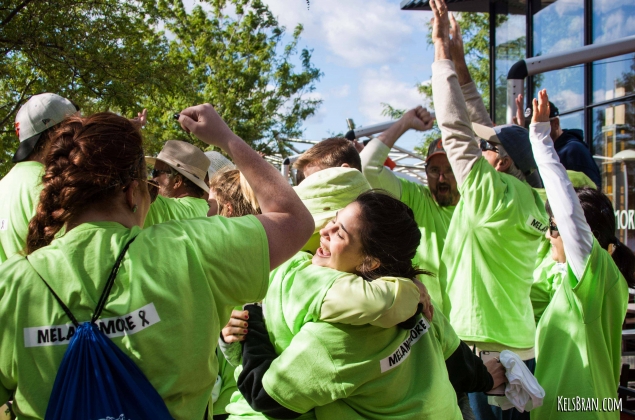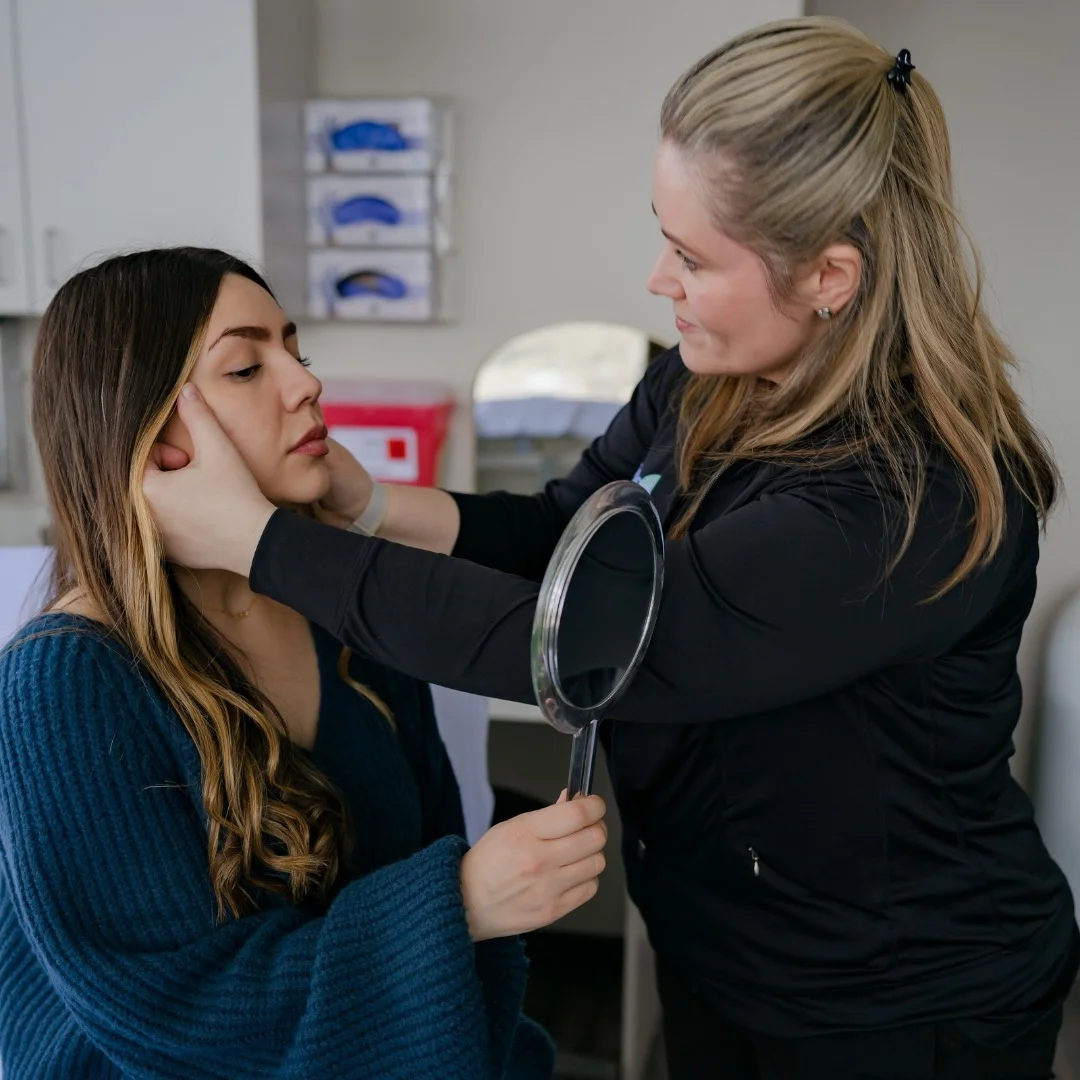
This summer, I get to promote two of my passions, which include running and sun safety. On Sunday, June 25, 2017, the Melanoma Research Foundation (MRF) is hosting the Miles for Melanoma 5K Run/Walk in Denver at Stapleton Central Park. AboutSkin Dermatology will have a booth at the event where I will be performing free skin cancer screenings and education to raise awareness for melanoma. Funds raised by the MRF will go toward melanoma treatment research. The Melanoma Research Foundation is the largest independent organization devoted to melanoma, so this is for a great cause. This will be a family friendly event and all are invited. Many of the participants will be melanoma survivors with their family and friends. I look forward to seeing many of you out there!
Running for Melanoma

As a dermatologist working in Colorado for the last 17 years, I see firsthand what sun damage can do to the skin. It is not just age spots and wrinkles that I am most concerned about, but rather, the associated increased risk for skin cancer. Over the years, patients have told me and assumed that if they can tan easily and rarely sunburn that this would mean that they are immune or protected from getting a skin cancer. This of course is simply not entirely true, as skin cancer can affect everyone. I will always remember my youngest melanoma patient to date who was a 20 year-old Greek young woman who came in concerned about an abnormal brown spot on the chest, which was later found to be a melanoma. She had a medium dark complexion so not your classic fair skinned older adult. It was a solemn reminder that all of us, irrespective of skin type, can suffer sun damage, which does result in a higher risk for skin cancer later on.
Many of my patients at AboutSkin Dermatology have been surprised to learn that skin cancer is by far the most common of all cancers. This is primarily associated with the high incidence of basal cell carcinoma and squamous cell carcinoma skin cancers. It is projected that 1 in 5 Americans will get skin cancer over his/her lifetime. Although melanoma makes up <1% of all skin cancers, it does unfortunately account for the majority of skin cancer deaths. The American Cancer Society estimates that in 2017 there will be over 87,000 new invasive melanomas diagnosed and over 9,700 people dying from melanoma this year. Given the fact that most melanomas are sun exposure related, preventative sun behavior is the key in lowering the risk.

I moved to the Denver area from Chicago after dermatology residency because I wanted to enjoy the outdoor lifestyle. There is something magical about being outside on a clear blue-sky day in Colorado. Therefore, simply telling my patients to stay indoors (in order to avoid sun damage) is not practical either. However, sun protection is more than just slapping on sunscreen.
For me, as an outdoor enthusiast, sunscreen application is one of the last steps in sun damage prevention. For example, if I am running outside on a sunny day, I try and go on trails which are at least partially shaded by trees, or go out during the early morning or late afternoon hours when the sun is less intense. The other obvious strategies would be to wear brimmed hats, sun protective clothing and sunglasses. I love my UPF 50 long sleeve T-shirt in the summer which helps to protect my arms and torso when doing more casual activities, including light hiking and hanging out with my 5 year-old at the park.
In terms of sunscreen, the basics include using a SPF 30+ broad spectrum product that protects against both UVA and UVB. Personally, I prefer zinc oxide containing products, which are less irritating for my eczema prone skin. Remember to use very water resistant versions if you are going to be sweating, swimming, or outside for prolonged periods of time. Another important habit is to apply the sunscreen 20-30 minutes before going out so that the product can dry a bit and adhere to your skin better before you start sweating. Don’t forget about protecting the top of the head, ears, lips, neck and tops of feet (if exposed). It is also necessary to reapply sunscreen every 90-120 minutes while outside, but even sooner if swimming or about every 60 minutes. The recommended amount is 1 ounce (or 2 tablespoons) of sunscreen to be used when applied to the entire body, in order to achieve the appropriate SPF rating for the product. This is a lot of product! Unfortunately, most of us apply well less than the recommended amount of sunscreen, which leads to inadequate protection. I am also a big believer in regular consumption of colorful vegetables and fruits that contain a variety of anti-oxidants, which might also offer additional sun protective benefits.
Get Your Skin Checked
Besides good sun protection habits, it is advisable to have your skin checked regularly. Most dermatologists will recommend checking your own skin monthly, which includes recruiting someone else (such as a family member) to help check hard to see areas like the scalp and back. Many patients will use the ABCDE mnemonic to help identify possible warning signs for melanoma (Asymmetry, Border irregularity, Color changes, Diameter > 6mm, Evolving features). A yearly professional skin check with a board certified dermatologist is also recommended. Of course, if a suspicious skin lesion appears, it is recommended to see your dermatologist as soon as possible. The American Academy of Dermatology has excellent free resources and handouts to help educate further regarding self skin exams, sunscreen selection, ABCDEs of melanoma and other interesting facts regarding skin cancers.

